 |
|
|
|
|
|
|
Most mountain forests of the world have
been exploited since Middle Ages or earlier. In the Alps, for example
the subalpine forests have longe been affected by clearcutting and other
methods of use (grazing, alpine
pastures, domestic lifestock). Secondary plant successions may inhibit
forest dispersal and rejuvenation (tall perennial herbs and grasses, e.g.
Calamagrostis villosa (shaggy woodreed). Furthermore, the impact
on trees caused by game (browsing,
animal disturbance) should
be mentioned. |
|
|
Potentially the natural forest limits in the Swiss Alps are: Prealps c. 2000m, Central Alps c. 2200 - 2400m, Southern Alps c. 2000 - 2200m. The highest position in the Central Alps is caused through the Massenerhebungseffekt (mass elevation effect). But there are certain landscapes of the earth which have still not been anthropogenically influenced, e.g. the Argentinean Huapi National Park, the west coast of the Southern island of New Zealand (Westland) and some steep fjords of the Norwegian coast where the forests reach up to the tree limit as closed boundary. Dense forests regarded as very close to a natural state and reaching high altitudes have even been found in the Swiss, Italian and Austrian Central Alps (e.g. Sertig valley, Kauner valley, Matsch valley, Radurschel valley). |
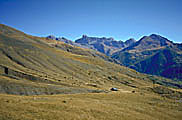 1 1
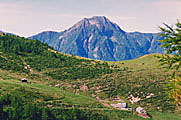 2 2
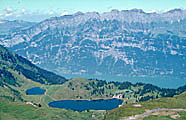 3 3
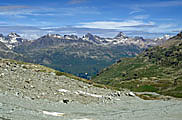 4 4
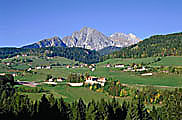 5 5
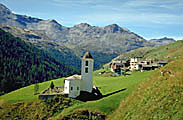 6 6
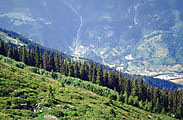 7 7
 8 8
|
|
|
29 August 2011 |
||
| |
||